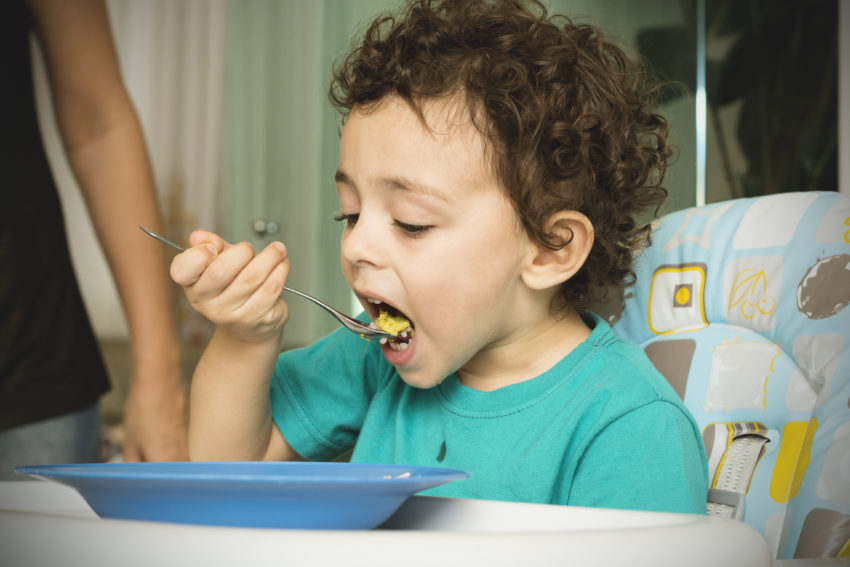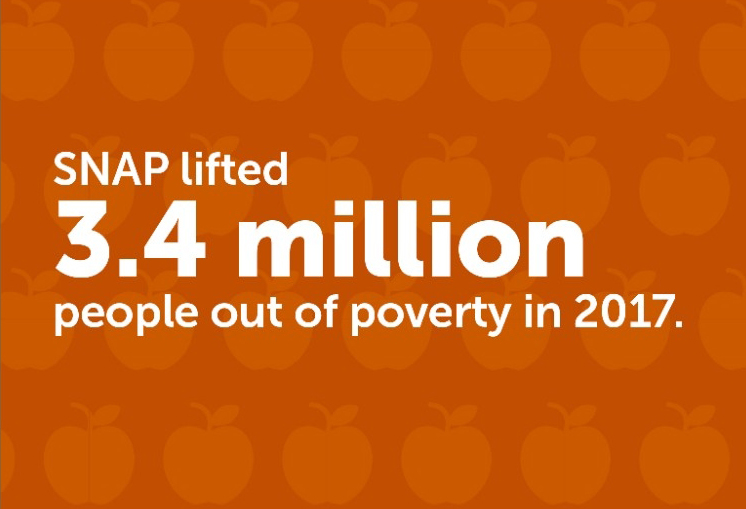
Share On Social!
Salud America! members were among more than 120,000 people who submitted comments about a proposed cut the the SNAP federal food aid program.
USDA wants to change in how it calculates heating and cooling costs when it comes to SNAP benefits. The change would limit individual states’ abilities to factor in utility costs with SNAP. This could affect people who live in cold-weather states like New York, Michigan, Minnesota, Wisconsin and Vermont.
The change would cut program benefits by $4.5 billion over five years.
Almost 8,000 households would lose SNAP benefits entirely.
Although people submitted 120,000 comments via regulations.gov, only 5,060 are available publicly on the website. Of these, 150 were from Salud America! members.
“SNAP cuts have dangerous impacts on health and well-being as well as on the economy,” according to a submitted comment by Victoria Urias, a Salud America! member. “It is well-known that SNAP improves the economy and helps families overcome poverty.”
Bad News for SNAP Participants
Even though people are speaking up, the war against SNAP is not over.
This past year, the Trump Administration has proposed three cuts to SNAP. In addition to the heating and cooling proposal, which is still in consideration, USDA also wants to close a “loophole” in eligibility and make other cuts.
 USDA adopted the first of these proposal in early December 2019. This rule would cut adults without children from the program by raising work requirements, according to CBS News.
USDA adopted the first of these proposal in early December 2019. This rule would cut adults without children from the program by raising work requirements, according to CBS News.
“The 700,000 recipients who could lose aid with the rule announced by the USDA last week have about $2,000 a year in income,” Robert Campbell of Feeding America told CBS News. “Many are homeless or have basic challenges in finding jobs, such as mental health issues or disabilities that haven’t been recognized by the government’s disability program.”
In combination, all three SNAP change could devastate people.
“The result of these rules will be an increase in food insecurity,” Campbell said. “It won’t make them less hungry — it’ll force hard tradeoffs. They’ll need to make tradeoffs between food and other necessities.”
Why Does SNAP Matter?
SNAP offers temporary support to provide food for people and families:
- 34% of SNAP households include seniors
- 23% of SNAP households include children
- 11% of SNAP households include a person with a disability
- Lifts millions of people out of poverty and helps them stay out. SNAP helps recipients avoid poverty and hunger. The program lifted 3.4 million people out of poverty in 2017.
- Boosts children’s health. When children have access to SNAP, from birth through early childhood, their risk of developing high blood pressure, heart disease, diabetes, and other poor health outcomes later in life greatly decreases. Children on SNAP can immediately experience a reduction in food insecurity.
- Helps children perform better in school. Studies have found improved reading and math skills, and an increased chance of graduating from high school.
- Improves the economy. Every $5 in new SNAP benefits generates as much as $9 in economic activity, helping farmers, grocers, truckers, and other members of local and regional work forces.
Check out these SNAP stories of how the program has benefited families.
Explore More:
Healthy FoodBy The Numbers
1
Supermarket
for every Latino neighborhood, compared to 3 for every non-Latino neighborhood




